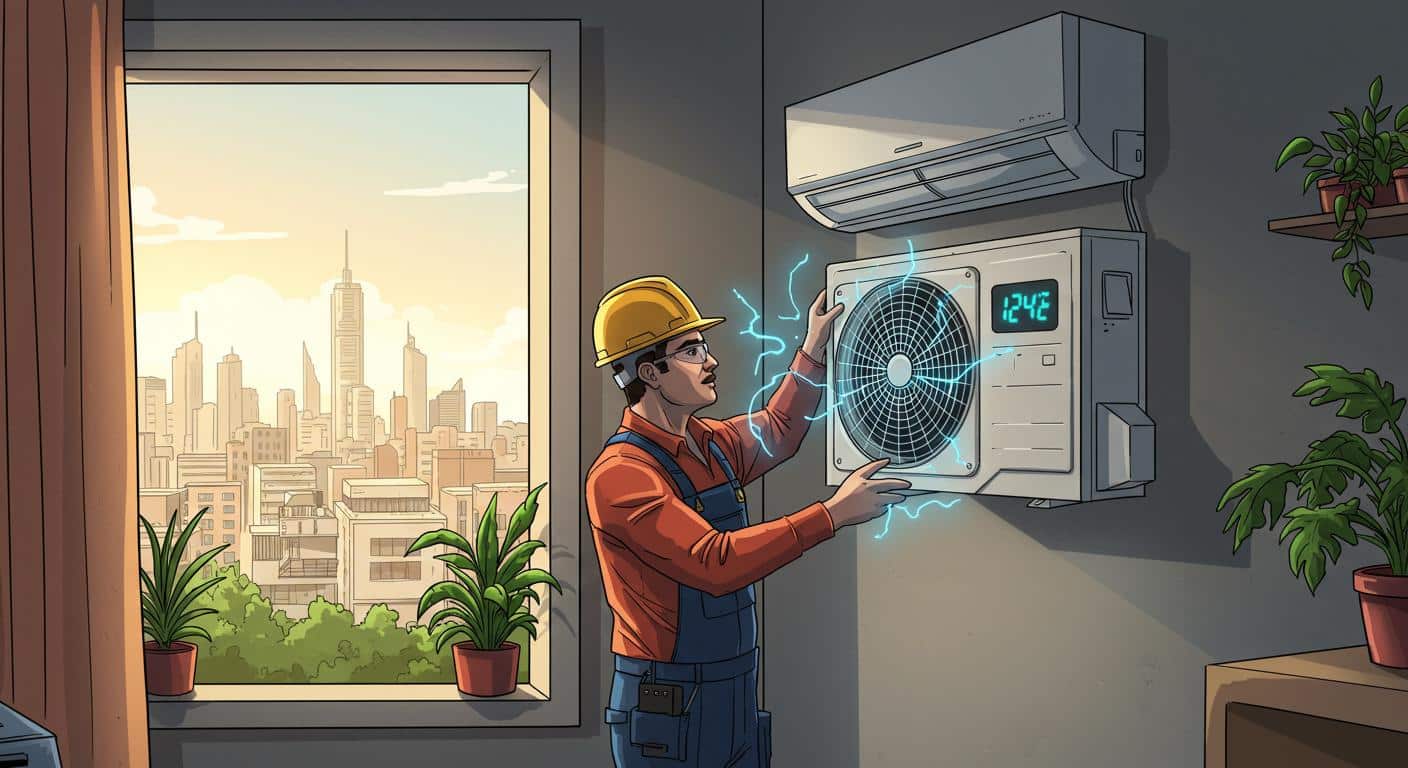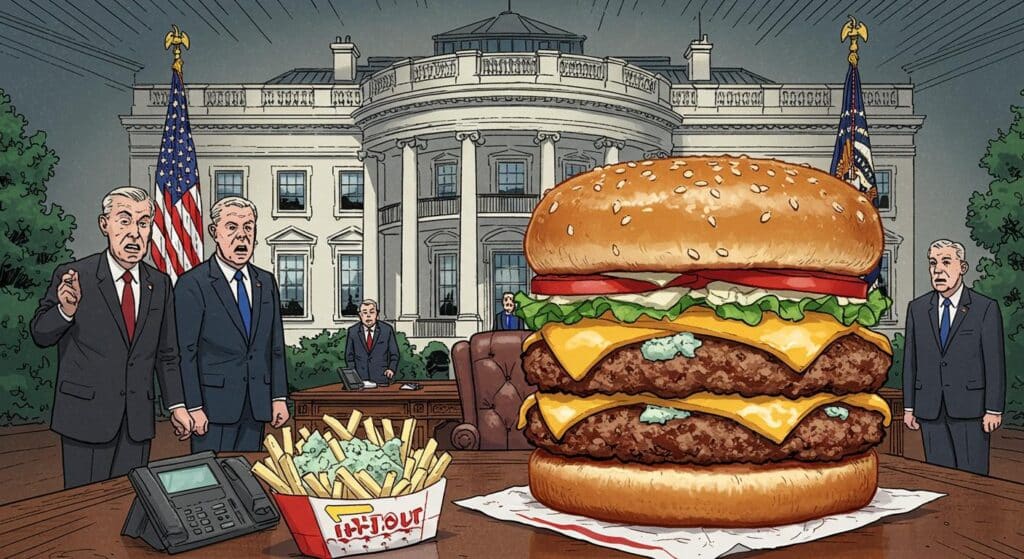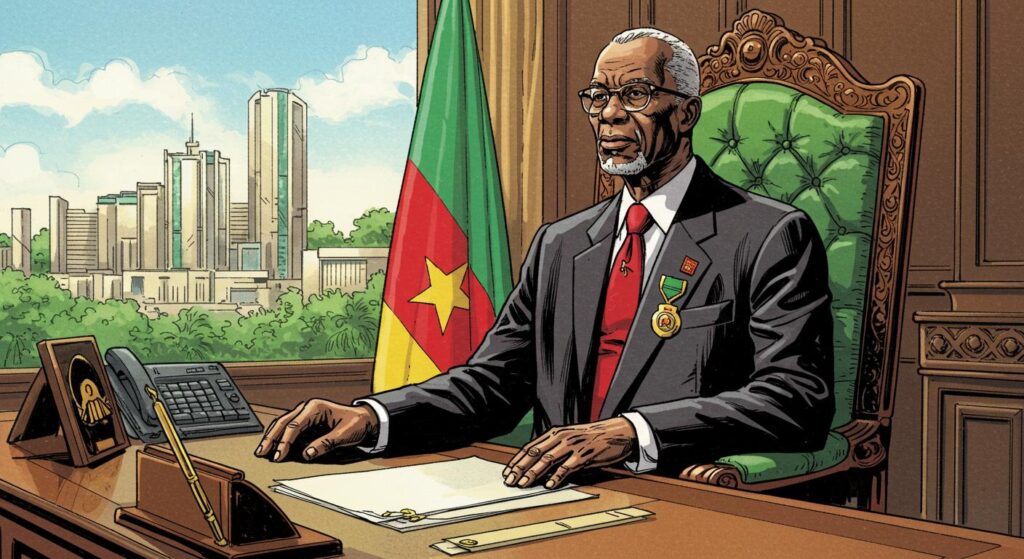Sometimes, a news story comes along that manages to combine environmental urgency, public discomfort, and a faint whiff of government micromanaging—all at a refreshingly tepid 20 degrees Celsius. As covered by the Associated Press (AP), the Indian government has proposed a new rule: air conditioners sold in the country must not allow the temperature setting to dip below 20°C (68°F). Officially, the reasoning is all about energy savings, heatwave mitigation, and trying not to fry the power grid every summer. Unofficially, it’s a bit like your parents barging into your room and declaring, “Maybe you’d feel better if you didn’t keep it like a meat locker in here.”
Sweat Now, Save Later?
Sales of air conditioning units have soared in India—between 10 and 15 million units are sold each year—as incomes rise, cities grow, and temperatures keep climbing. The AP highlights that, at times of peak demand in 2024, running all these new ACs consumed as much as a quarter of the country’s electricity. Researchers at the University of California, Berkeley, estimated that new AC units purchased from 2019 to 2024 have pushed peak demand up by an amount roughly equivalent to the annual electricity needs of the capital, New Delhi.
These numbers start to make sense when you consider that parts of India regularly see summer temperatures of 50°C (122°F) and above. So, the government’s logic is straightforward (and, for spreadsheet fans, conveniently quantifiable): every degree added to an AC’s setting typically means about 6% less energy consumed. Move from a bracing 17°C to a more diplomatic 20°C, and the savings could be substantial—not just for the government, but also for everyday citizens hoping for a lower electric bill.
Yet, when asked about the proposed rule, people living through South Asia’s heat had mixed feelings. Vikram Kannan, a 37-year-old teacher residing in Chennai with his wife and young daughter, remarked, “Overall, I think it’s good to try and save energy, but at the same time I hope the government makes sure people are not too inconvenienced.” He added, “Sometimes there is no choice but to set a low air conditioner temperature in cities like Chennai because it’s just way too hot and humid. My daughter gets heat pimples at times if we don’t do this.” The AP relayed similar perspectives from other sweltering cities, many noting the deeply personal calculus of comfort versus conservation.
Efficiency, or Just Fewer Options?
While some lauded the policy as sensible, energy experts featured in the report cautioned that technical upgrades would be more effective than temperature nudges alone. Nikit Abhyankar, program director at the India Energy and Climate Center at UC Berkeley, pointed out that Indian air conditioners are—by global standards—incredibly inefficient. He told the AP that nearly 80% of air conditioners sold in India today couldn’t legally be sold in China because of stricter efficiency requirements. Most key components are imported from China, yet the end product is far less efficient than what Chinese consumers would accept.
Pramod Singh, an energy savings expert with the Alliance for an Energy Efficient Economy in New Delhi, called the new temperature cap a “step in the right direction.” Nevertheless, Singh emphasized that replacing the estimated 80 million older, inefficient ACs in use across the country is a much bigger challenge, and one likely to yield greater long-term savings.
In a detail highlighted by the AP, this measure follows a series of similar government efforts. Over the past decade, rules for public buildings have required government offices to keep thermostats no lower than 24°C (75°F). In 2022, the government even rolled out the “Mission Life” program, which launched with public awareness campaigns and encouraged people to reduce emissions by cutting electricity use or skipping the odd unnecessary car trip—though public response, the outlet notes, has been uneven at best.
Air Conditioning, Culture, and Compromise
Whenever the government steps in to adjust the nation’s thermostat, reactions tend to range from practical to philosophical. Surjeet Singh, a businessperson from New Delhi, dismissed the need to dial ACs down to arctic levels. “People have gotten too comfortable,” he said, suggesting that cities invest in planting trees instead to help tackle urban heat. Meanwhile, Sunil Kumar, a 47-year-old tuk-tuk driver from East Delhi, offered a broader historical perspective: “People used to live without air conditioners. We can adjust.” Some residents, however, as reported by the AP, quietly worry about how such rules might impact families with health concerns or young children when temperatures and humidity soar.
Nikit Abhyankar also supplied practical solutions for reducing demand. As he described to the AP, pairing air conditioners with ceiling fans significantly improves cooling efficiency, helping rooms cool more quickly and less expensively. Other experts in the article noted the potential of smart technologies and building design improvements—think better ventilation and insulation—to lessen the need for constant mechanical cooling in the first place.
The Real Chill: A Curious Kind of Progress
There’s an odd, almost poetic tension in this saga: the paradox of fighting relentless heat with machines that, in turn, help warm the planet a bit more, just so individuals can feel temporarily “cool.” Abhyankar further highlighted the unique rhythm of India’s electric load: while solar power can partly offset daytime AC demand, once the sun dips, midnight cooling is almost wholly dependent on coal-fired plants and other fossil fuels.
As previously noted, India’s government has spent a decade nudging, coaxing, and outright mandating small tweaks in public behavior, hoping to bend the curve before energy shortages become routine. But as the AP’s reporting suggests, for all the top-down attempts to raise the nation’s AC settings, the countrywide urge for a quick blast of cold may prove hard to legislate away.
So, can more than a billion people be nudged into being a little less cool, or will the lure of comfort continue to overpower polite appeals to the collective good? In a place where the ceiling fan is still a household staple and the scent of monsoon rain is the only relief for many, perhaps the government’s kindly request for “mildness” is just the latest round in the great global negotiation between personal comfort and the common cause. Does anyone ever agree on the temperature, anyway?







